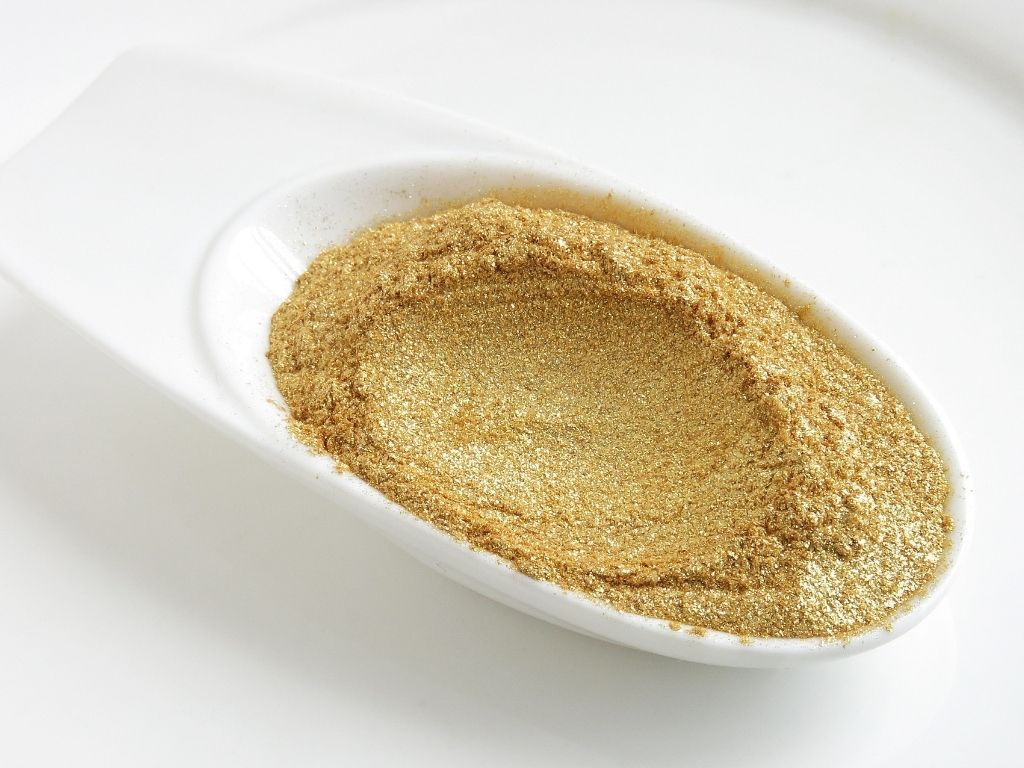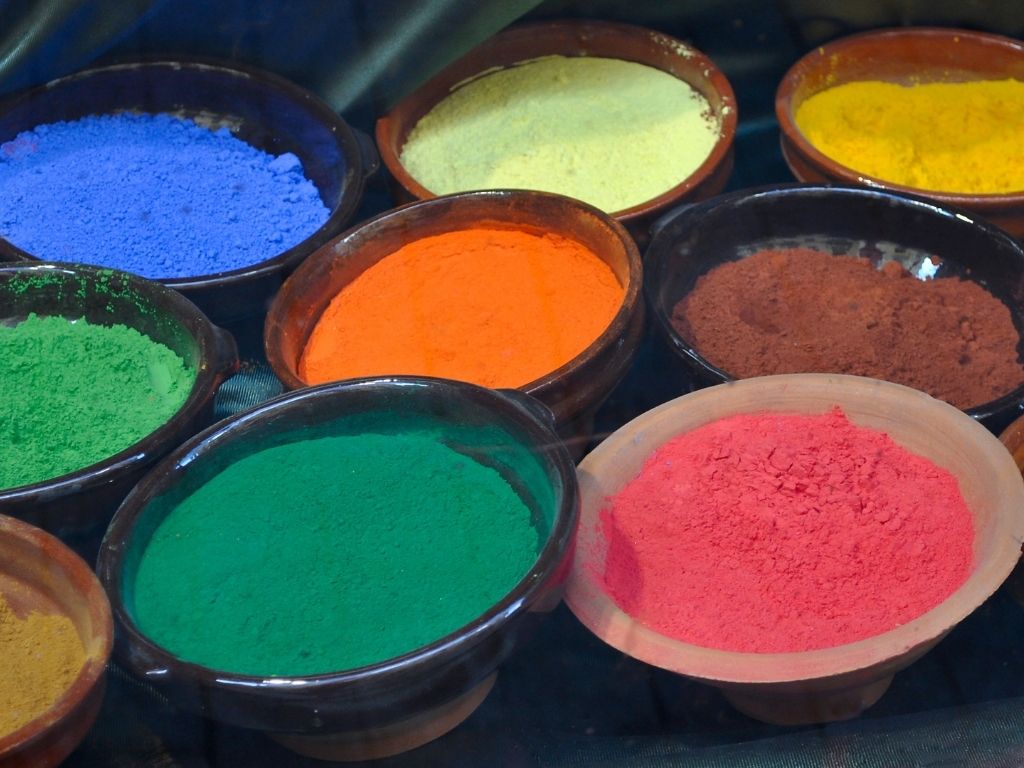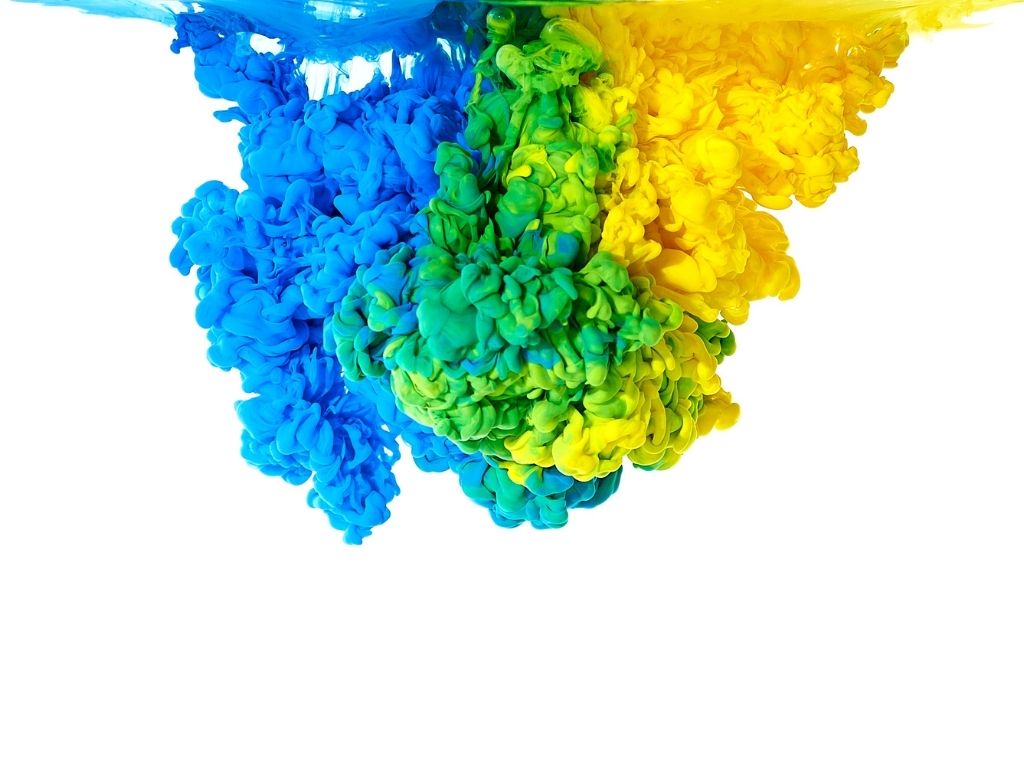Learning how to make soap using the cold process method can be a bit difficult in the beginning, however once you get a hang of things it gets easier until it becomes almost second nature. Sooner or later however you will want to add color to your soaps.
Its a valid question as a beginner, how to color cold process soap? There are a few techniques that work well to add color to your soaps.
There are 4 main Colorant used in cold process soap making are
- Mica
- Pigments
- Natural colorants
- LAB color

How to Color Cold process soap with mica?
Adding mica to your cold process soap can be done in two ways. The first is to add the colorant directly to the base oils before adding the lye water mixture. This will ensure the color stays consistent throughout the overall end soap.
This technique works best if you are using just one color for your soap.
Micas are all powder based colorants that suspend themselves in your soap mixture. When the lye water is added the colorant is already there and simply incorporates within the soap.
If you are making a soap with layers or swirls then your technique will differ. After you have added your lye water and begin to mix the oils and alkali, stop at a light trace to separate your batter to add your various colors.
There is one caveat to this technique. It can be difficult to incorporate dry mica colorant to soap batter directly. The best way to do this is to premix your mica in a smaller container with rubbing alcohol.
The alcohol will turn your mica into a wet paste, if it is too thick then add more alcohol. What you want is a fluid mixture that is easy to pour. The mica will be suspended in the alcohol but once in the soap batter will disperse and evaporate not affecting your final soap product.
Continue to stick blend your batter to the desired trace to make your soap.

How to color cold process soap with pigments?
Adding pigments to your cold process soap can be done in two ways. The first is to add the colorant directly to the base oils before adding the lye water mixture. This will ensure the color stays consistent throughout the overall end soap.
This technique works best if you are using just one color for your soap.
Pigments are all powder based colorants that suspend themselves in your soap mixture, this is how your soap is colored. When the lye water is added the pigments is already there and simply incorporates within the soap.
If you are making a soap with layers or swirls then your technique will differ. After you have added your lye water and begin to mix the oils and alkali, stop at a light trace to separate your batter to add your various colors.
There is one caveat to this technique. It can be difficult to incorporate dry pigments to soap batter directly. The best way to do this is to premix your pigments in a smaller container with rubbing alcohol or warm water.
The alcohol will turn your mica into a wet paste, if it is too thick then add more alcohol or water. What you want is a fluid mixture that is easy to pour. The pigments will be suspended in the alcohol but once in the soap batter it will disperse and evaporate not affecting your final soap product.
Continue to stick blend your batter to the desired trace to make your soap.
How to color cold process soap naturally?
Adding natural herbs and spices to your cold process soap can be done in two ways. The first is to add the natural colorant directly to the base oils before adding the lye water mixture. This will ensure the color stays consistent throughout the overall end soap.
This technique works best if you are using just one color for your soap.
Natural herbs and spices act much like powder based colorants that suspend themselves in your soap mixture. When the lye water is added the herb or spice is already there and simply incorporates within the soap giving it the color you desire.
If you are making a soap with layers or swirls then your technique will differ. After you have added your lye water and begin to mix the oils and alkali, stop at a light trace to separate your batter to add your various colors.
There is one caveat to this technique. It can be difficult to incorporate natural herbs and spices to soap batter directly. The best way to do this is to premix your herbs and spices in a smaller container with rubbing alcohol.
The alcohol will turn your dry herbs or spices into a wet paste, if it is too thick then add more alcohol. What you want is a fluid mixture that is easy to pour. The herbs will be suspended in the alcohol but once in the soap batter will disperse and evaporate not affecting your final soap product.
Continue to stick blend your batter to the desired trace to make your soap.

How to color soap with lab colors?
Using labcolors in cold process soap is not widely used but it can be done. The color is diluted with distilled water and added manly at light trace to the soap batter.
This dilution is needed however adding excess water to your soap batter can make it a bit more fluid hence more susceptible to bleeding color when using multiple colors.
To avoid this bleeding it is a good practice to pre-measure the amount of diluted color to ensure that it adds up to the exact amount of water needed in your recipe.
